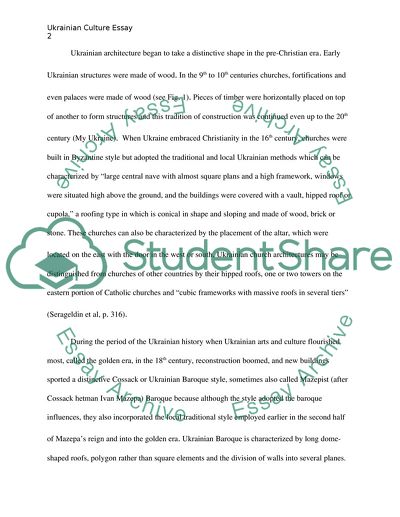Cite this document
(“Ukrainian Art and Culture: the Tartar Barbarism Research Paper”, n.d.)
Ukrainian Art and Culture: the Tartar Barbarism Research Paper. Retrieved from https://studentshare.org/culture/1563682-ukraine-culture-essay
Ukrainian Art and Culture: the Tartar Barbarism Research Paper. Retrieved from https://studentshare.org/culture/1563682-ukraine-culture-essay
(Ukrainian Art and Culture: The Tartar Barbarism Research Paper)
Ukrainian Art and Culture: The Tartar Barbarism Research Paper. https://studentshare.org/culture/1563682-ukraine-culture-essay.
Ukrainian Art and Culture: The Tartar Barbarism Research Paper. https://studentshare.org/culture/1563682-ukraine-culture-essay.
“Ukrainian Art and Culture: The Tartar Barbarism Research Paper”, n.d. https://studentshare.org/culture/1563682-ukraine-culture-essay.


